Series Common Core Challenge: Understanding, Modeling and Creating Equivalent Fractions
Math.4.NF.A.1
Common core State Standards
- Math: Math
- 4: Grade 4
- NF: Number & Operations--Fractions
- A: Extend understanding of fraction equivalence and ordering
-
1:
Explain why a fraction a/b is equivalent to a fraction (n × a)/(n × b) by using visual fraction models, with attention to how the number and size of the parts differ even though the two fractions themselves are the same size. Use this principle to recognize and generate equivalent fractions.
Grade 4 expectations in this domain are limited to fractions with denominators 2, 3, 4, 5, 6, 8, 10, 12, 100.
Save to My Resources
PLEASE CREATE A NEW ACCOUNT OR LOG IN TO ACCESS THIS CONTENT
Enjoy your first video for free. Subscribe for unlimited access.
Have questions about subscribing?
Click Here to learn more about individual subscriptions.
Click Here to learn more about School and Institution access.
Discussion and Supporting Materials
Thought starters
- What Core Action indicator(s) does this lesson best exemplify?
- How does this lesson connect to and build on students’ prior skills and knowledge?
Teachers
Kisha Davis-Caldwell
Newest
|
4 MIN
|
5 MIN
|
5 MIN
UNCUT CLASSROOMS
| TCHERS' VOICE
English Language Arts
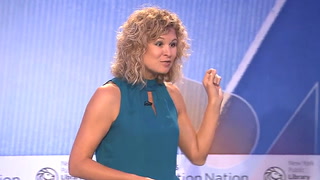
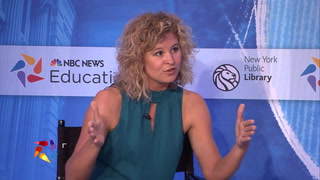

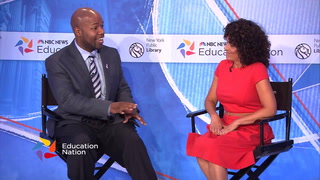








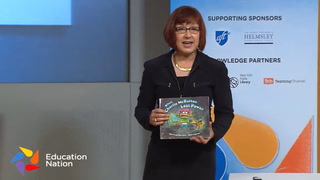

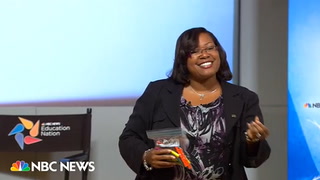

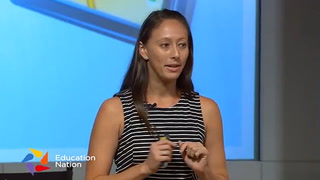









13 Comments
Beatriz Martinez Jan 20, 2016 4:48pm
Heather Ford Jul 29, 2014 5:34pm
Paulette Shoupe Jan 7, 2014 3:02pm
Amanda Mattson Nov 15, 2013 6:09pm
Kimbria Jackson Nov 7, 2013 8:37pm